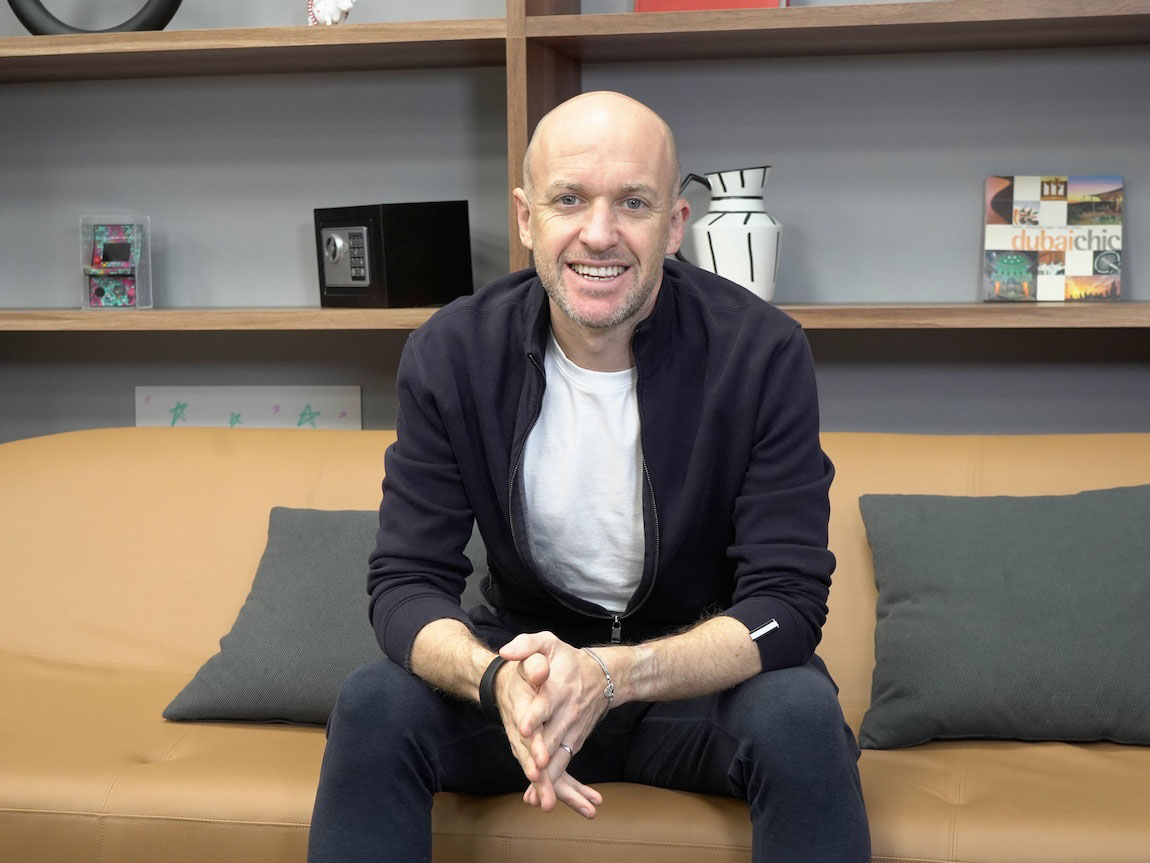Industry Talk
Saudi Industry on the Cusp of Profound Change
by Ramzi Ghanem
March 4, 2014
.jpg) Advertisement
AdvertisementIn the past year, several trends in TV, digital and outdoor media have swept Saudi Arabia’s advertising industry, transforming how advertisers strategise to create broader brand relevance across key consumer touch points.
In effect, in 2013, across the Kingdom of Saudi Arabia (KSA), we witnessed a paradigm shift in media budgeting. On the one hand, smaller players – struggling to keep up with mounting media inflation – are still striving to reach local audiences at a local scale. For global national clients (GNCs) however, the firm’s focus shifted to three-dimensional platforms – with TV, digital and out-of-home/experiential (OOH) emerging as the industry’s top solutions for maximised ROI. After all, the pace of technology adoption – from smartphones, to tablets, mobile, apps and social media channels – has led to media convergence and deeply altered both consumer behaviour and the overall communications landscape.
Brands have recognised the need to engage screen-agnostic, on-the-go Saudi consumers as the nation’s mobile penetration rates hit 80%. And so, today, in KSA’s advertising sector, it is all about cross-seeding and creating a rich brand experience using multi-screen, multi-channel integration. In parallel, advertisers’ approach to print media has remained stagnant; Radio, however, if optimally utilised has proved to impact positively on retail or response driven activities.
Furthermore, the second-screen concept has starkly affected brands’ media strategy – reinforcing the need for cutting-edge branded content that can optimise consumers’ synchronised experiences. Interestingly, the hefty media investments – being made by certain players to ensure innovative content creation – are effectively paring down competition across the Saudi marketplace.
The e-commerce phenomenon has also seeped in with brands increasingly opting to develop online retailing platforms to provide tech-savvy consumers with access to their products both offline and online. This, in turn, means that advertisers have to embrace a multi-channel approach that can help enhance consumers’ multi-touch point journey.
On a separate yet equally important note, the 2013 fourth quarter saw overall media expenditures drop by a slight 4% across KSA. This was due to new unemployed laws set in motion – related to the operation of retail outlets or ‘mini markets’. These shops – which accounted for as high as 40% of the overall FMCG revenue share – were forced to close, strongly impacting the advertising industry. Currently, local TV stations in Saudi are still reeling from these losses, while satellite stations were successfully able to incorporate new formats and generate strong content – thus attracting more viewers and revenue.
From a purely digital standpoint, last year taught us that powerful content delivering a truly unique idea – is the only way forward to build a brand and communicate superiority. The explosion of self-expression using imagery, community interaction and social platforms has meant that entertainment, narratives and brand experiences have become more immersive and all-encompassing. In addition, mobile devices serve as vital channels for these trends.
The quest for real-time experiences has also punctuated Saudi Arabia’s media space. Expectations for swiftness and immediacy are rising exponentially as consumers are beginning to crave real-time communication. Brands therefore need to accommodate this by guaranteeing service agility.
Moreover, the soaring rise of online video consumption has also modified viewing habits among core Saudi demographics. Similarly, live stream content is proving more popular than ever.
Without a doubt, technology has made consumers’ lives easier. In parallel, the challenge for media agencies is to translate this into opportunities as measurability and real time data will determine who can deliver better strategies and experiences to both clients and consumers. Another critical element is the importance of having talent capabilities within your agency. Technological advancements don’t suffice; we need to have the skills and leadership acumen to match these new developments and act as agile innovators who are relentlessly seeking new content-driven platform and optimised channels as the availability of real-time data can make or break a campaign.
In sum, it is about perpetually evolving and adjusting to new ways of planning and buying – in order to maintain a competitive edge and, ultimately, survive in this brave new media world.



.jpg)







